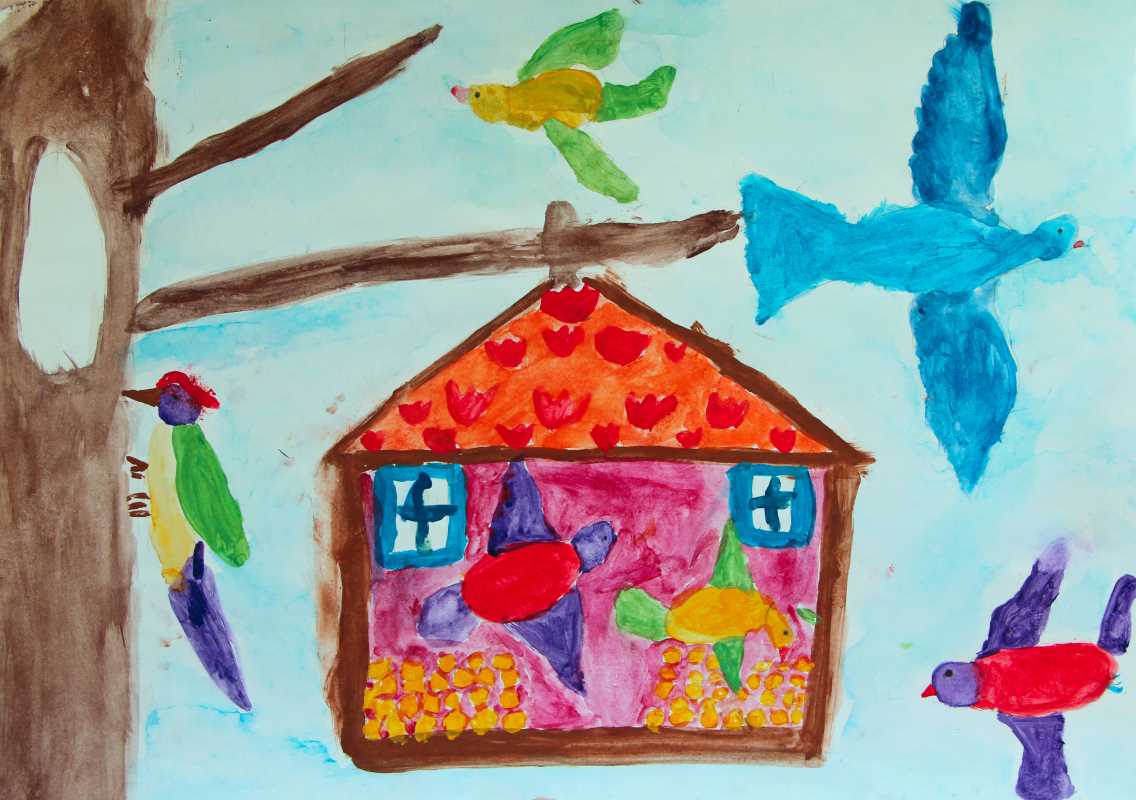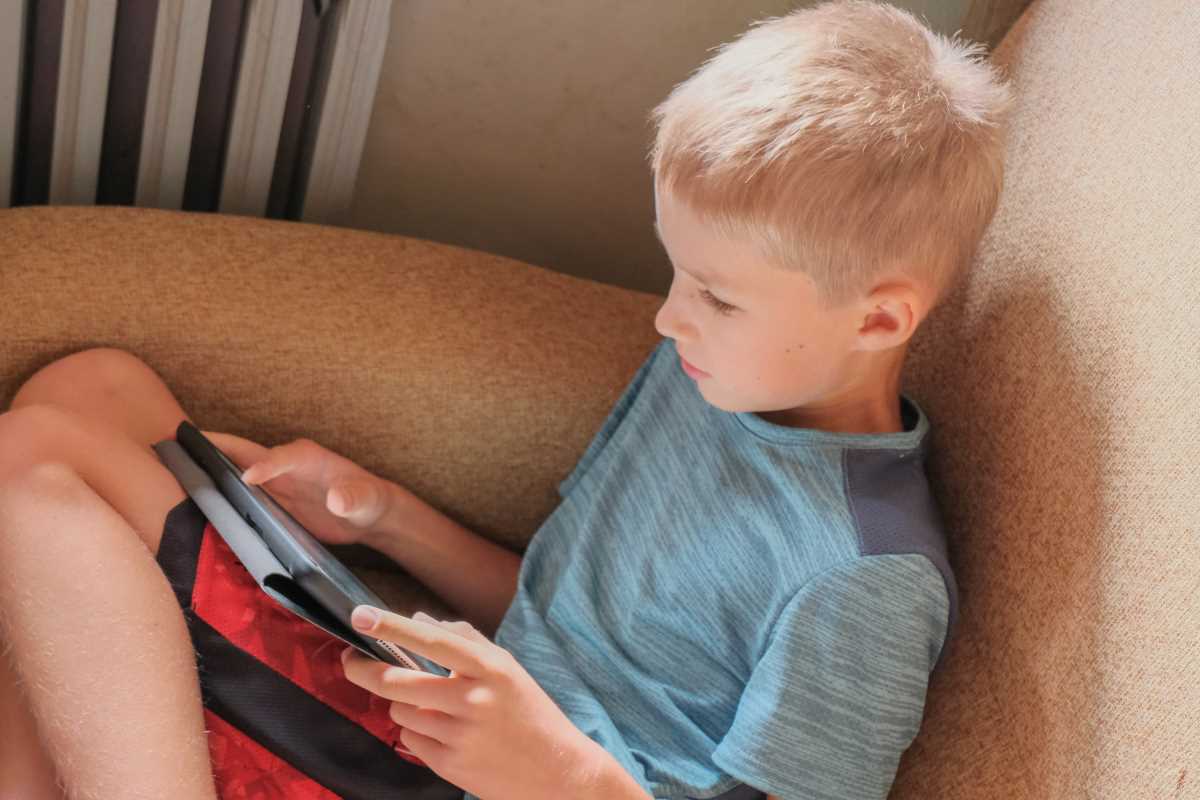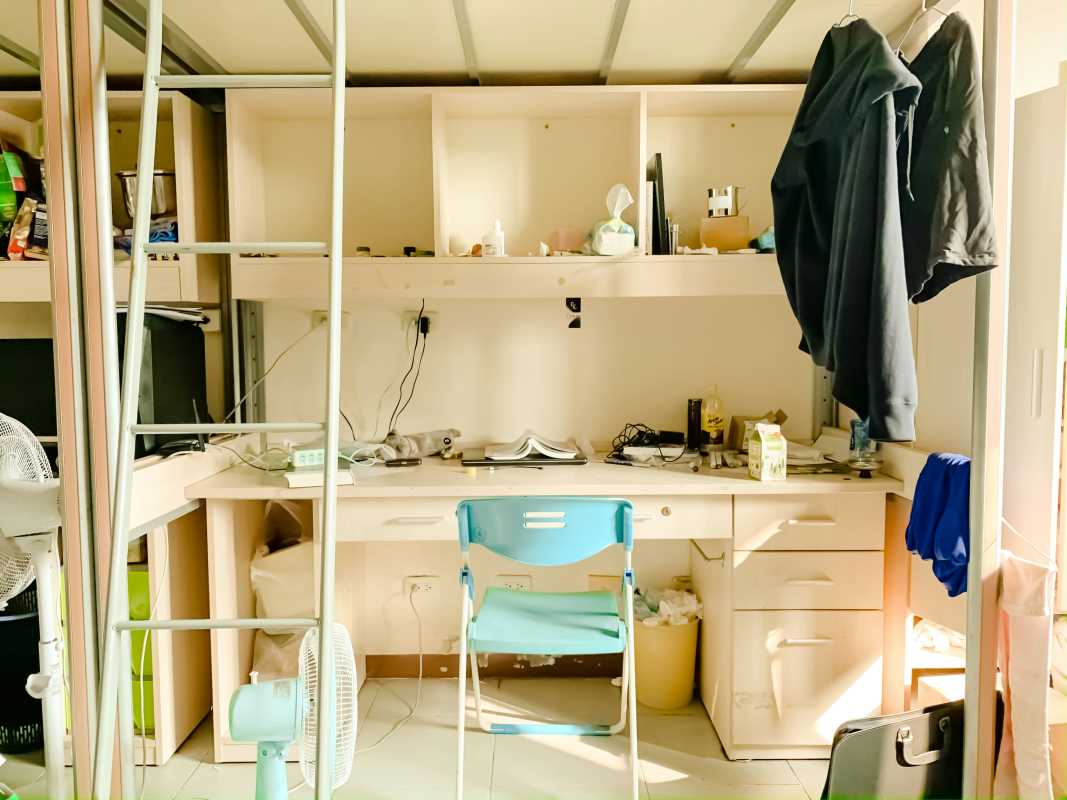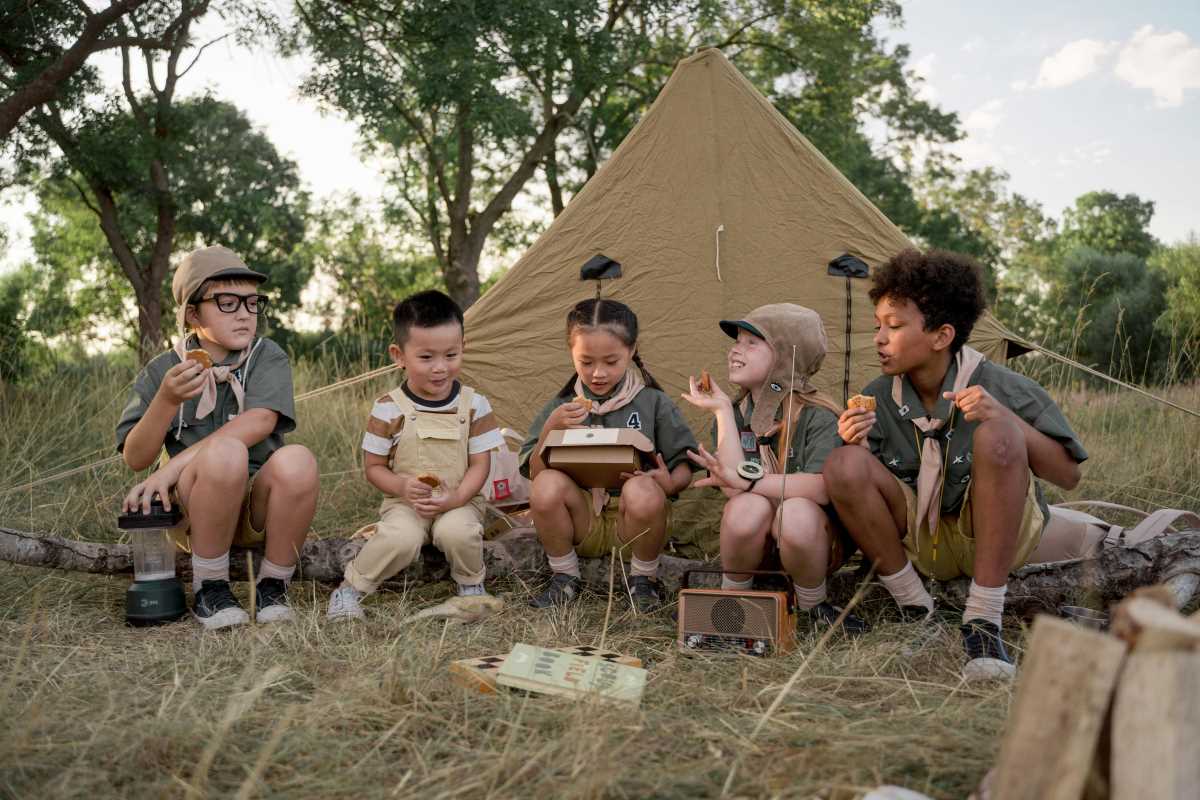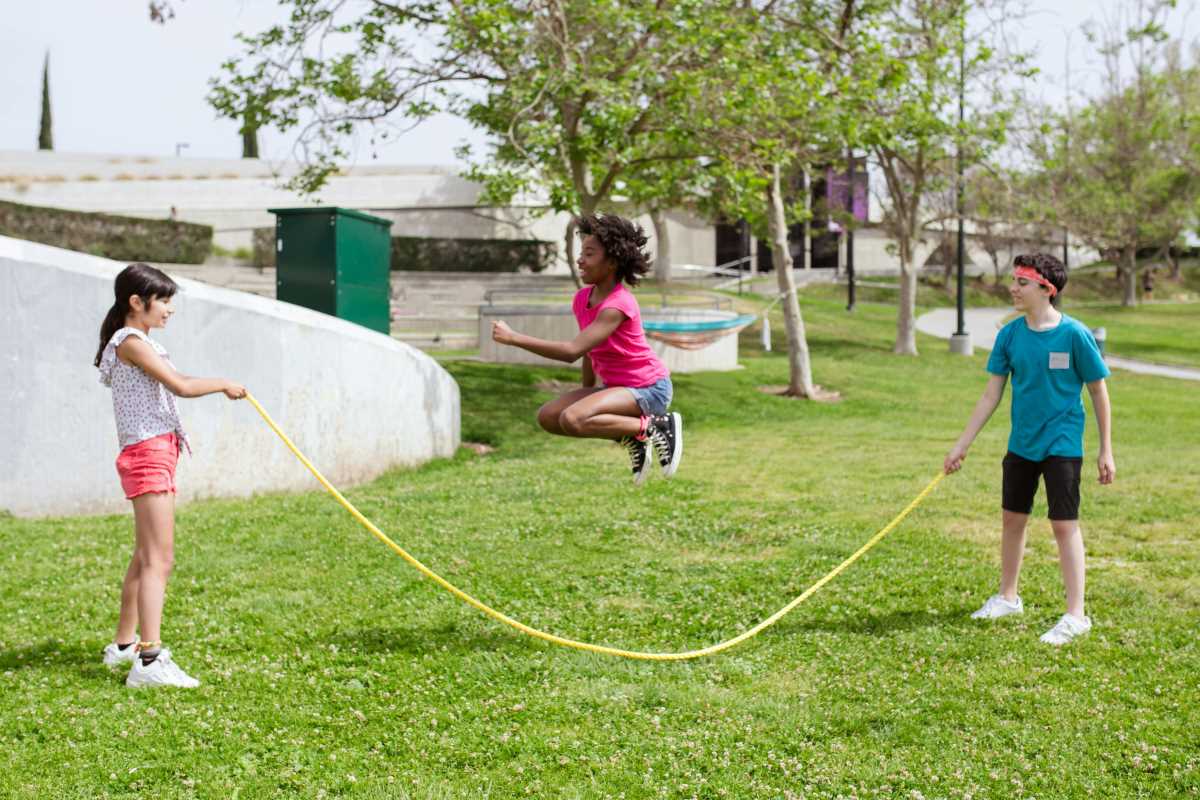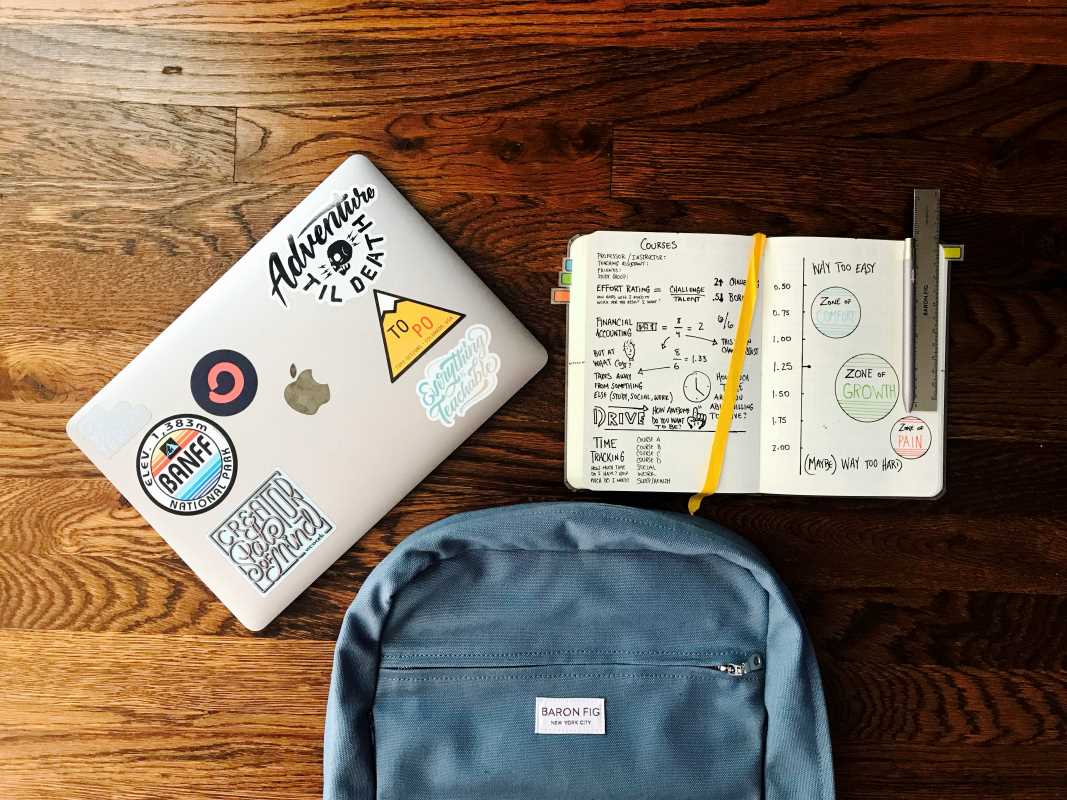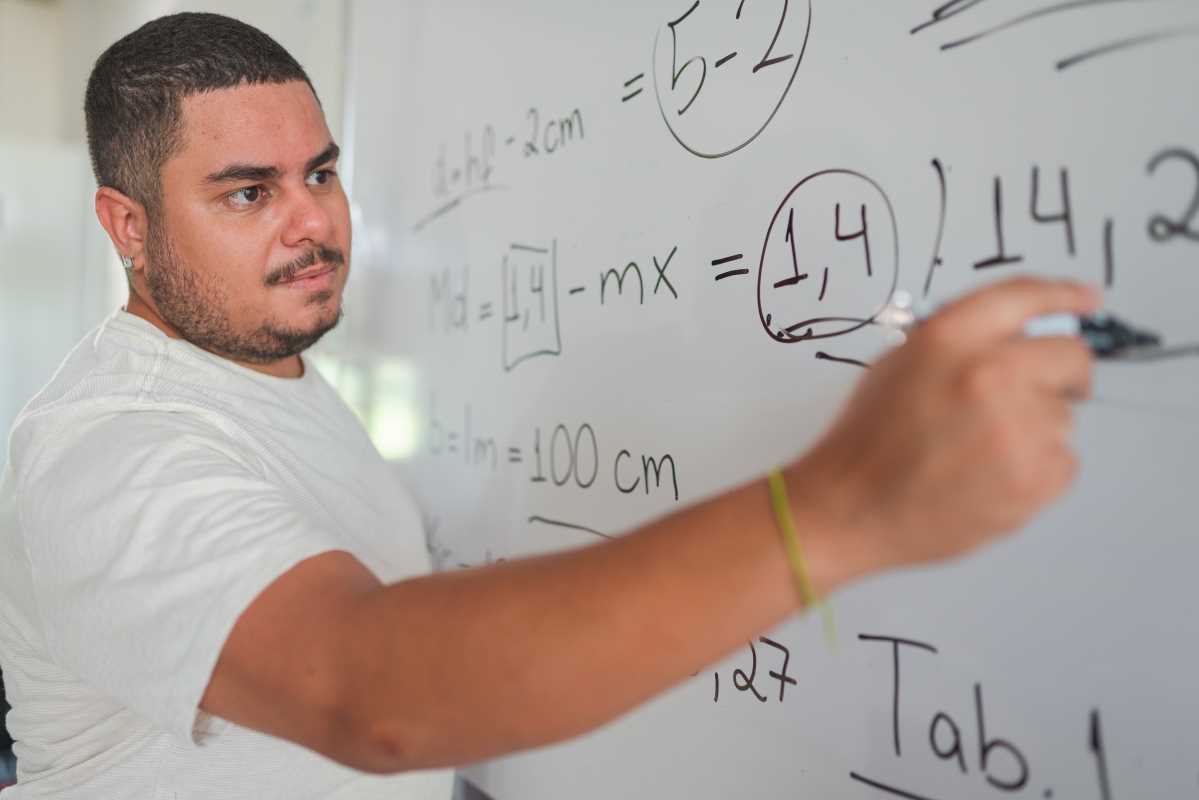Craft activities go far beyond keeping kids entertained. When designed with intention, they turn into powerful tools for teaching academic concepts like math, science, language arts, and more. The best part? They create an environment where learning is hands-on, meaningful, and fun. Here, we present 10 creative crafts that seamlessly blend education with creativity, along with practical tips to get the most out of each activity.
1. Fraction Pizza Plate
Concept: Understanding fractions
How-to: Start with a plain paper plate as your “pizza.” Have kids draw different toppings like pepperoni, mushrooms, or olives, and color them in. Once the pizza is decorated, use scissors to cut it into slices that represent various fractions—for example, halves, quarters, or eighths. You can even label each slice with its fraction value.
To make the activity more interactive, pretend to run a pizzeria. Call out “orders” like “I’d like one-half cheese and one-quarter pepperoni.” Kids can then assemble the correct slices as part of the order. This helps them understand how fractions represent parts of a whole.
Benefits: By visualizing and physically manipulating the “pieces” of a fraction, kids grasp this math concept more intuitively. It’s also a great way to practice adding and subtracting fractions.
Tips:
- Laminate the pizza slices for durability so they can be reused.
- For older kids, introduce more complex activities like comparing fractions or creating improper fractions using multiple paper plates.
- Try extending the craft to include a "Fraction Bakery" for cakes and pies to mix things up.
2. Water Cycle in a Bag
Concept: Exploring the water cycle
How-to: To recreate the water cycle, use a sealable clear plastic bag. On the outside, draw the sun, clouds, and water using markers. Add a few tablespoons of blue-tinted water to represent a lake or ocean. Seal the bag firmly and tape it to a sunny window. Within hours, your child can observe evaporation, condensation, and precipitation right inside the bag.
Benefits: This activity brings an abstract scientific process to life in a visible, relatable way. It encourages observation and helps kids connect the dots between natural phenomena.
Tips:
- To reinforce learning, ask kids to describe the process step by step either orally or in a journal.
- Encourage them to hypothesize about how temperature or sunlight might affect the water cycle’s speed.
- Tie the craft to a water conservation discussion, highlighting the importance of protecting our planet.
3. Story Stones
Concept: Developing storytelling and creative writing skills
How-to: Use smooth river stones or any small, flat rocks you can find. Paint or draw simple pictures on each stone, such as a sun, a house, animals, or people. Place the stones into a bag, and have your child pull out a few at random. Their task? Create a story that connects the images they pulled.
To make it more structured, provide themes like “adventure” or “mystery.” You can also add "event" stones with symbols representing conflict or resolution to add depth to the stories.
Benefits: Story stones encourage creative thinking, story sequencing, and complex vocabulary usage. Kids improve their narrative skills while exploring their imagination.
Tips:
- Incorporate writing by asking kids to jot down their stories after telling them.
- If working with a group, challenge kids to collaborate by adding one sentence to a shared story at a time.
- Use stones as a tool to teach story elements like plot, characters, and setting.
4. DIY Balancing Scales
Concept: Learning about weight, measurement, and balance
How-to: Create a makeshift balance scale using a clothes hanger, string, and paper cups. Suspend the hanger from a hook or a broomstick balanced between two chairs. Attach the cups to each end of the hanger with string. Kids can experiment by adding small objects to each cup to observe which side weighs more or if they balance out.
Benefits: Through this hands-on activity, kids explore concepts like “heavier,” “lighter,” and equivalence. It also introduces foundational ideas behind measurement tools like scales.
Tips:
- Use household objects of varying weights, like coins, Lego pieces, or marbles, for exploration.
- For a math-focused twist, have kids predict weights or count items needed to balance the cups.
- Incorporate a STEM discussion by explaining how professional measuring tools like digital scales are designed.
5. Salt Map Geography
Concept: Studying topography and geographical features
How-to: Salt dough is easy to make using flour, salt, and water. After rolling out the dough on a base like cardboard, shape mountains, rivers, islands, or other landscapes. Depending on the lesson, recreate geographic regions like the Rocky Mountains or bodies of water like the Great Lakes. Once the map dries, paint and label the features.
Benefits: This tactile activity reinforces geographical knowledge by allowing kids to literally build the features they’re studying. It adds a layer of creativity to otherwise static topics.
Tips:
- Use maps as references to ensure accurate proportions and placements.
- For more advanced learners, add population centers, climate zones, or even historical event markers to tie in history.
- Turn this craft into a group project where each child contributes a specific part of a larger map.
6. Symmetry Butterflies
Concept: Exploring the concept of symmetry
How-to: Fold a sheet of paper in half and cut out the shape of a butterfly. Have kids paint one wing while it’s still folded, then press it closed to transfer the design to the other side. When they unfold the paper, they’ll see a perfectly symmetrical butterfly.
Benefits: Abstract math concepts like symmetry become easy to comprehend with visual and tactile activities like this. It also allows children to appreciate art and nature simultaneously.
Tips:
- Discuss bilateral symmetry and compare it with real-life examples like flowers, animals, and even humans.
- Turn it into a lesson about insects by studying butterfly species before the painting begins.
- Experiment with symmetry in other shapes or objects, like hearts or leaves.
7. Solar System Mobile
Concept: Learning about planets and space science
How-to: Using foam balls or craft clay, mold and paint miniature models of the planets within our solar system. Attach each planet to string and dangle them from a coat hanger or a pre-made mobile. To ensure accuracy, arrange the planets in their proper order from the Sun, and try to represent their orbital distances as proportionally as possible.
Benefits: This craft sparks interest in astronomy and teaches kids about planetary order, size, and orbit in an engaging manner.
Tips:
- Use glow-in-the-dark paint for an extra fun twist.
- Pair the craft with discussions about gravity, space exploration, or even constellations.
- Provide trivia or fun facts about each planet as they are added to the mobile.
8. Timeline Bracelet
Concept: Understanding history through chronological sequencing
How-to: Assign each historical event or time period a unique colored bead. String the beads in order onto a pipe cleaner or cord to represent a timeline. For example, blue might symbolize the Ice Age, while red could mark the Renaissance. Kids can add charms featuring key images or designs for added detail.
Benefits: The timeline bracelet enables kids to visualize key historical events in a simplified, colorful way. It’s a fun and concrete way to grasp abstract timeframes.
Tips:
- Challenge kids to narrate historical events as they explain the sequence of their bracelet.
- For older learners, allow them to choose their own events to add, helping them personalize the timeline.
- Supplement the activity with historical documentaries or biographies to enrich their understanding.
9. Vocabulary Flip Book
Concept: Building language and vocabulary skills
How-to: Create a flip book using notecards stapled together. On each page, kids write a vocabulary word, its definition, a sentence using the word, and a simple accompanying illustration.
Benefits: This activity makes vocabulary revision interactive and helps with retention by combining writing, creativity, and visualization.
Tips:
- Encourage kids to add new words they encounter in books or on their favorite shows.
- Use themes like “ocean words” or “words that describe feelings” to target specific learning goals.
- For older students, replace illustrations with synonyms, antonyms, or roots for broader linguistic context.
10. Plant Growth Observation Chart
Concept: Scientific observation and data recording
How-to: Plant seeds in a transparent cup or jar so kids can observe root and stem growth. Set up an observation chart where they document daily or weekly changes. Include categories like height, color, and weather conditions. Encourage children to draw and label the plant's stages as it grows.
Benefits: By caring for a living plant, kids not only learn scientific concepts but also develop responsibility and patience.
Tips:
- Use various seeds so kids can compare their growth rates, shapes, and needs.
- Extend the chart to include hypotheses about what might happen if conditions like sunlight or water levels change.
- Incorporate tie-ins to photosynthesis, plant anatomy, or even sustainable agriculture practices.
Make Learning an Adventure
Crafts offer a tactile, visual way for kids to connect with academic concepts at a much deeper level. Activities like these create a joyous balance between hands-on fun and critical thinking. Whether you’re a parent, teacher, or caregiver, these projects are an easy way to foster curiosity and understanding. Try introducing one of these creative crafts today, and watch those light bulbs of learning go off!
